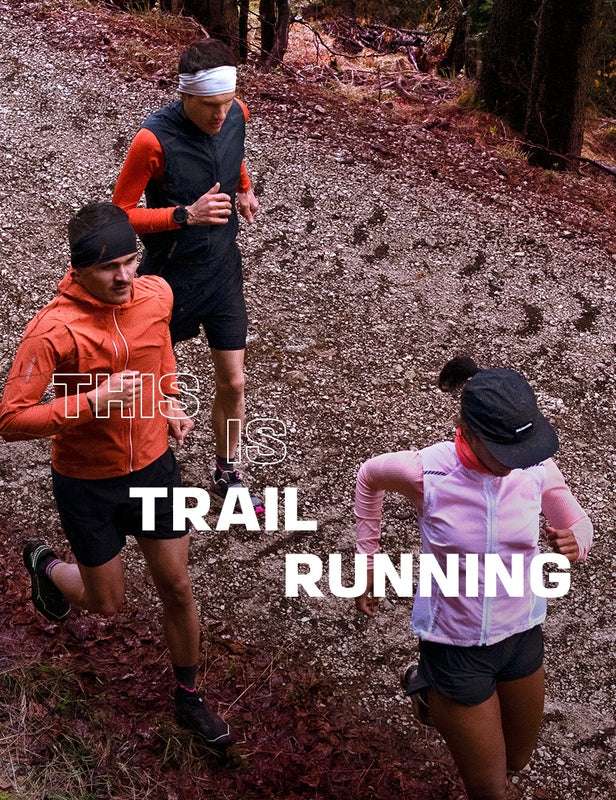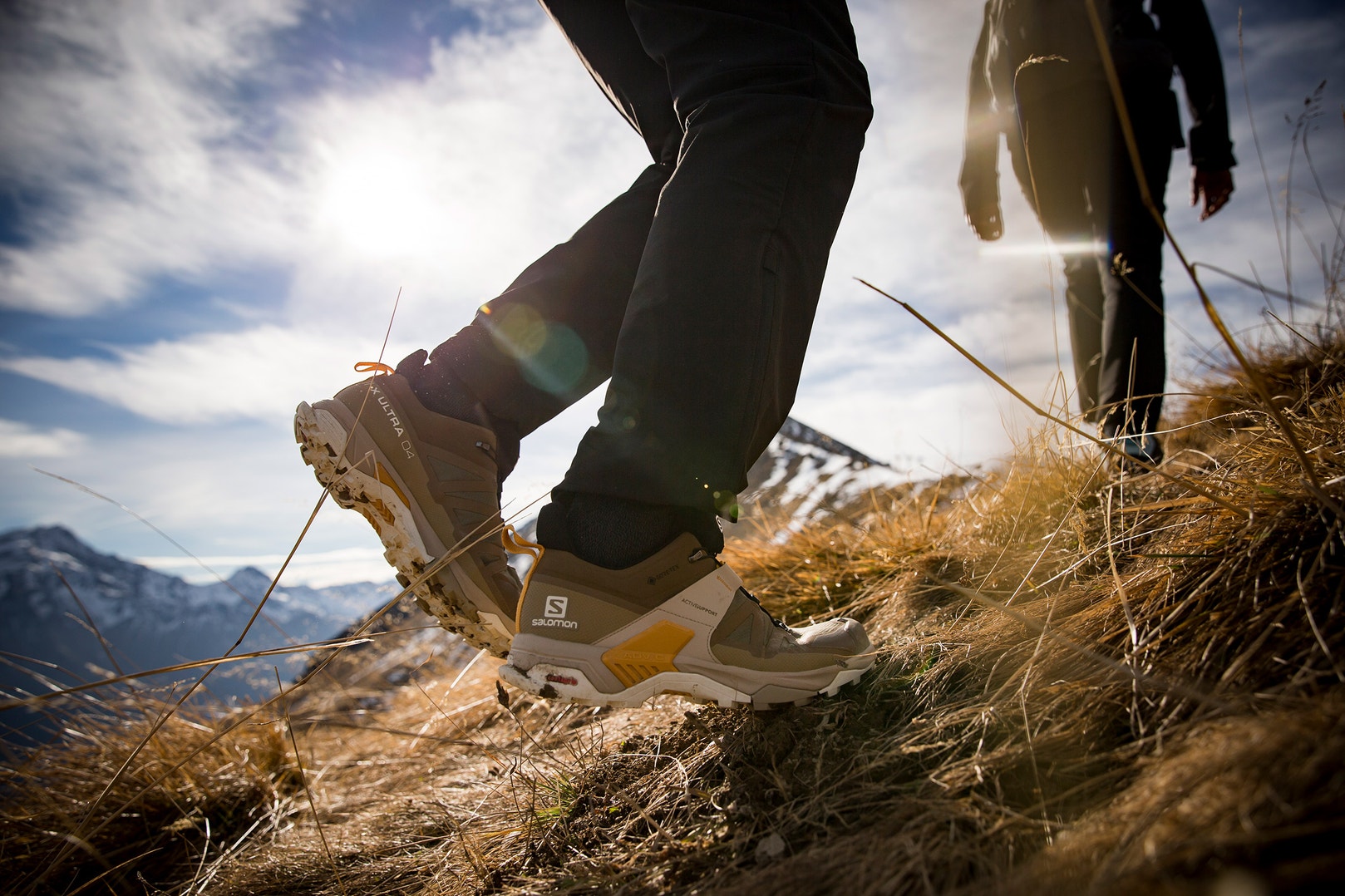Want to lighten your load? Want to get back to basics and travel the world as simply as possible? Hiking in ultralight mode is about more than just saving weight, it’s a philosophy! Hiking with nothing but the bare minimum requires a whole different approach: you have to weigh everything you take, both literally and figuratively. Which tent should you choose? What sleeping bag? Which sleeping pad? It’s all about finding the right balance between comfort and weight. Remove, lighten, replace and gear up well: here is our advice on how to convert to ultralight!
What is ultralight hiking?
In recent years, ultralight style has become a true phenomenon. It not only means doing a sport with very light equipment but also taking only the equipment that’s necessary. As a result, going for a hike in ultralight mode requires planning and organization because there’s a whole lot more to it than just throwing on a pair of shorts, shoes and a T-shirt and hitting the trail! On the contrary, it’s really important to ask the right questions and make a clear plan on how you’ll carry less gear without leaving anything important behind.
Hiking footwearHiking clothes Hiking backpacks

@ManonGuenot
The advantages of ultralight hiking
There are loads of benefits to hiking, for both body and soul. Hiking in ultralight mode provides its share of mental and physical benefits as well.
- Boost performance: improve your endurance by reducing weight
- Reduce fatigue: less energy spent on carrying equipment
- Reduce adverse effects caused by the weight of your pack: especially on your back and shoulders
- Increase agility and comfort: easier to maintain balance on both ascent and descent
- Increase efficiency: less gear to hassle with
- Exceed your expectations: challenge yourself to get lighter
Make minor changes that won’t sacrifice comfort, enjoyment or well-being when you’re hiking. Don’t ever compromise on safety!
Hiking footwearHiking clothes Hiking backpacks
How to get ready for an ultralight hike
1. Make a plan
As with all hikes, it’s important to decide on a project and familiarize yourself with it so you’ll be able to make intelligent decisions about what gear to take. If you’ll be out for several days, smart planning is essential and in ultralight mode you’ll need to be extra focused on the route, terrain, weather, flora and fauna. Will you sleep under the stars or in a hut? Will you need a tent and sleeping bag? Will there be food and water available along the way? Knowing everything about your hike down to the last detail will allow you to take only what’s necessary instead of being unsure and taking too much. You’ll also be better able to predict what you’ll need and shave weight accordingly.
 @KylieFly
@KylieFly
 @AlexisBailliard
@AlexisBailliard
2. Take only what you really need
Hiking in ultralight mode means deciding what you really need and what you don’t. It’s a difficult exercise and can be applied to other areas of your life outside of hiking. You’ll be forced to resist the superfluous and overcome your fear of leaving something behind. You’ll need to precisely calculate the amount of food, water and equipment you’ll need between each resupply.
Hiking footwearHiking clothes Hiking backpacks
3. Gear up with lightweight equipment
Shaving a few grams here and there can quickly add up to where your pack is lighter by a couple of kilos. In addition to the amount of stuff we take, there’s also the weight of what we take. In ultralight mode, you also need to reduce the weight of essential gear starting with the weight of your backpack itself. These days, there’s ultralight equipment available that will make your overall load undeniably lighter. Once again, gear up gradually because you have to find the right balance between the weight you’ll save compared to your financial investment. When replacing your old, heavy equipment some good things to start with are your heaviest and most bulky things like your backpack, tent, sleeping bag and sleeping pad.
When it comes to clothing, go with technical materials. Because they are lighter and more breathable, technical fabrics will dry faster than conventional materials. Another good opportunity to save weight is to choose lightweight hiking shoes.

@ManonGuenot

4. Be smart
In order to shave weight, sometimes you have to get creative. Hiking in ultralight mode is where all your planning meets the trail.
Here is a non-comprehensive list of ideas to help you lighten your load:
- Share equipment (like a stove, for example) during group hikes
- Take only what you need when it comes to toiletries (soap, toothpaste, etc.)
- Use a water filter and flasks that are lightweight and flexible
- Take only one set of cutlery (fork, knife and spoon)
- Take freeze-dried food
- Multi-purpose your gear (for example when it’s time to sleep, your down jacket can be used as a pillow)
Hiking footwearHiking clothes Hiking backpacks

5. Safety first
While it might be ok to skimp on a bit of comfort or gourmet cooking, you must never neglect safety and never try to cut back on safety equipment to try to save weight.
Ultralight hiking should be fun while also being safe!
Essential hiking equipment:
- Quality hiking footwear
- Clothing that’s appropriate for the weather
- Sun protection: sunglasses, hat and sunscreen
- Hydration system and sufficient food
- Whatever navigation system you prefer: smartphone with map, map and compass, altimeter, GPS, or a hiking watch with GPS
- First-aid kit: medication, bandages, adhesive tape, survival blanket, multi-tool, headlamp, mobile phone (fully charged with extra battery)
Ultralight hiking requires an in-depth knowledge of yourself, some financial investment and a lot of organization. But don’t pressure yourself. The most important thing is always to have fun! Gradually make the switch to ultralight hiking and remember that the best way to learn is by doing!



